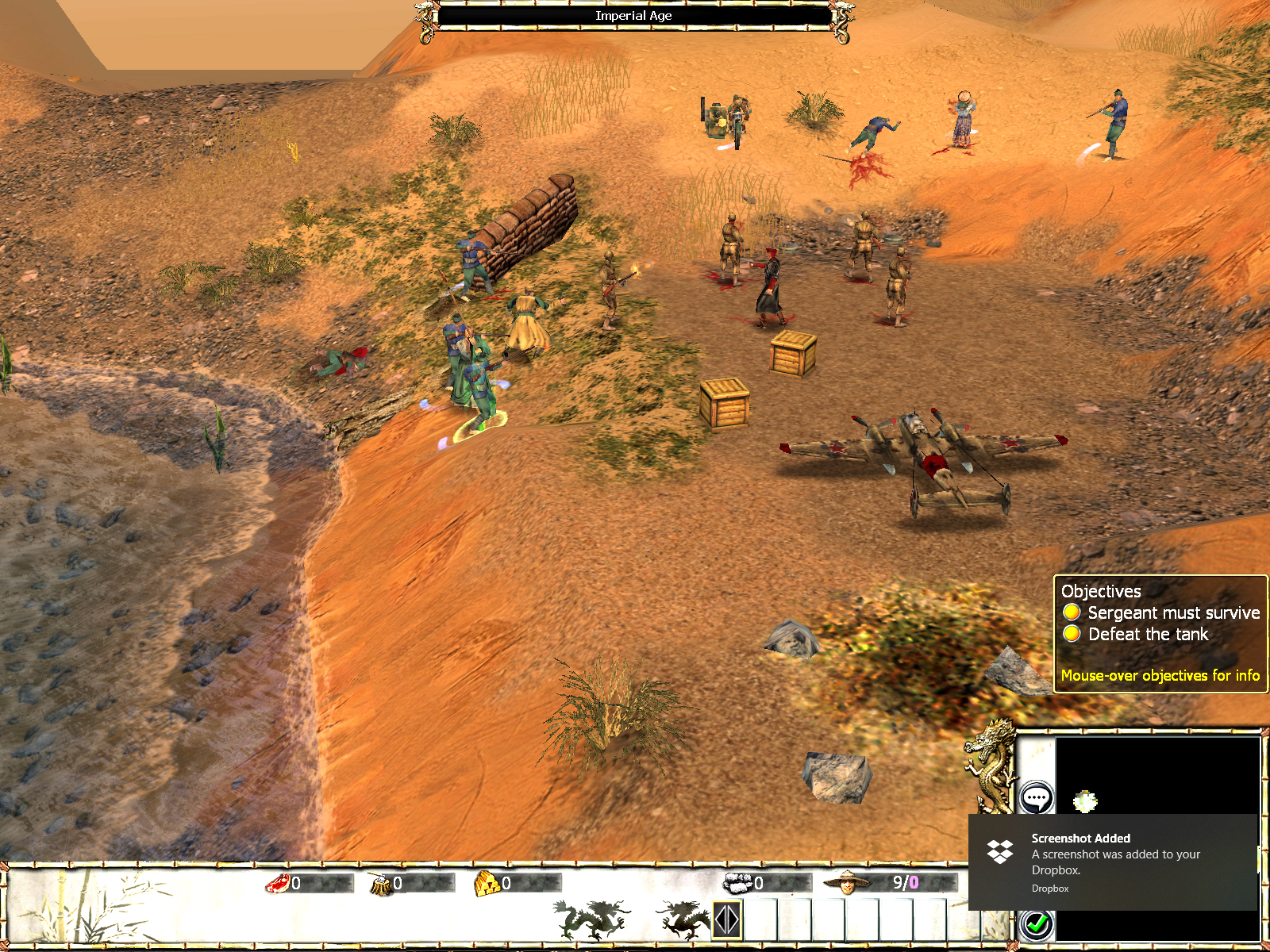
But President Volodymyr Zelensky and other officials insisted on Monday that Ukraine would move forward with shipments, while denouncing Russia’s strike on Odesa.
#World in conflict game russian invasion free
The missile strike on Saturday, which damaged infrastructure at the port, called into question the viability of the plan to free some 20 million tons of grain trapped at ports on the Black Sea. Millions of tons of grain in Ukraine’s ports have been held hostage by the war, but a deal struck on Friday in Istanbul that involved Turkey and the United Nations appeared to offer hope, especially for the countries in Africa and the Middle East most reliant on the country’s exports. Ukraine is pressing ahead with its plan to resume grain exports across the Black Sea despite a Russian missile attack on the port of Odesa that raised doubts about the viability of an international agreement aimed at easing a global food shortage.

The port of Odesa in southern Ukraine last month. Richard Moore, the chief of the British foreign intelligence service, MI6, predicted that the Russians would be forced to take a pause, offering an opening to Ukrainian forces. They say that the Russian military is in a relatively weaker position, having expended weapons and personnel in their Donbas offensive. Still, Ukrainian officials and several Western intelligence officials said it was important that Ukraine try to launch a counterattack. Ukraine’s planned counteroffensive in the south has created debate among Western officials and some analysts about whether Ukraine was ready for such a big effort, or if it is the best use of resources when Russian advances have come mostly in the Donbas. Ukraine’s top officials have given no clear timeline for retaking Kherson, but the president, Volodymyr Zelensky, has made clear it is a top priority. Unlike in Ukraine’s eastern Donbas region, where a massive Russian force slowly captured a province in recent weeks, the Ukrainian military appears to have begun to turn the tide in the Kherson region, if haltingly.Īfter losing control over most of the region in the war’s first weeks, Ukrainian troops have now liberated 44 towns and villages along the border areas, about 15 percent of the territory, according to the region’s military governor, Dmytro Butrii. For a month, Ukrainian artillery and rocket forces have been softening up Russian positions, using an array of new, Western-supplied weapons like the High Mobility Artillery Rocket Systems, or HIMARS, provided by the United States.Ī school in a village retaken by Ukrainian forces in Mykolaiv last week.

Regaining control could also help restore momentum to Ukraine, and give its troops a much-needed morale boost after months of vicious fighting.Īlready, fighting on the western and northern borders of the region is intensifying, as Ukrainian forces - currently about 30 miles from the city at their closest point - lay the groundwork for a large offensive push. The first city to fall to Russian forces, Kherson and the fertile lands that surround it are a key Russian beachhead, from which its military continuously launches attacks across a broad swath of Ukrainian territory. The tails of rockets stick out of asphalt and the boom of incoming and outgoing artillery ricochets off tidy, abandoned homes.Īlong a jagged frontline, Ukrainian forces are preparing for what is one of the most ambitious and significant military actions of the war: retaking Kherson. ON THE BORDER OF THE KHERSON REGION, Ukraine - The road to Russian-occupied Kherson in southern Ukraine passes through a no man’s land of charred wheat fields and cratered villages. Ukrainian soldiers in a village retaken from Russia near the border of Mykolaiv and Kherson Oblast.


 0 kommentar(er)
0 kommentar(er)
